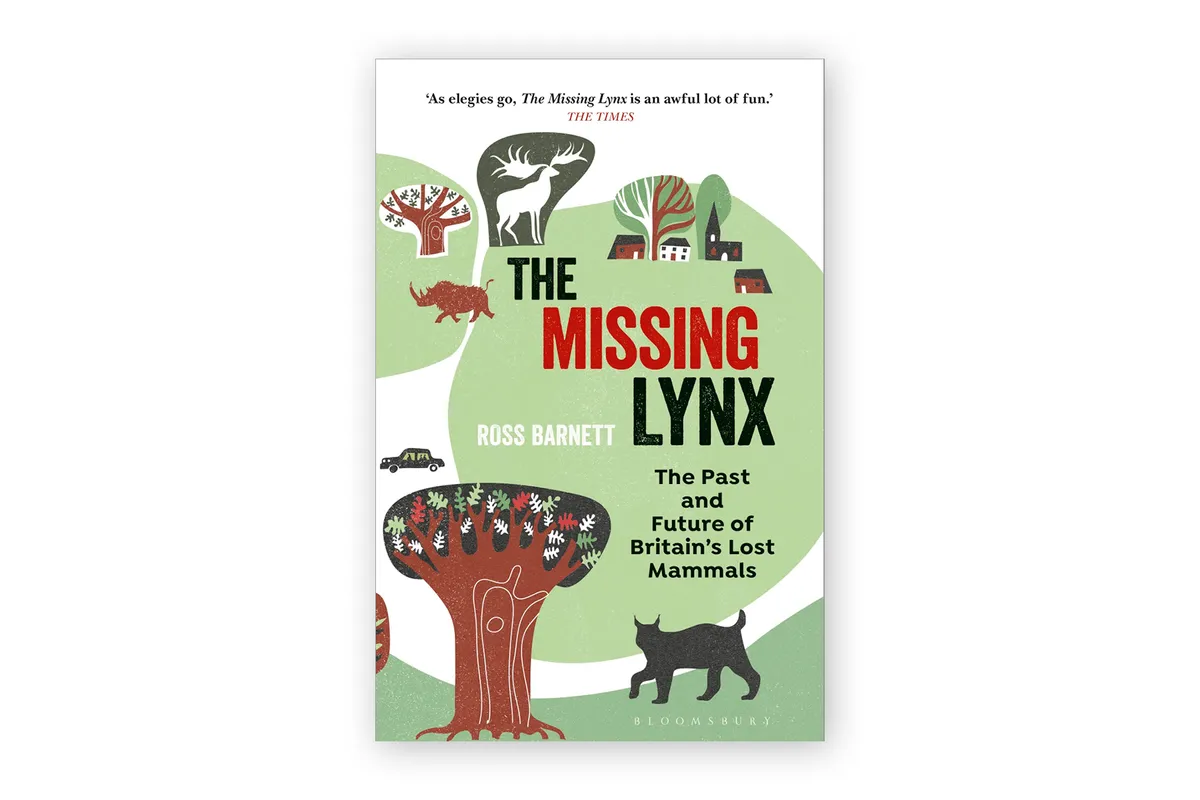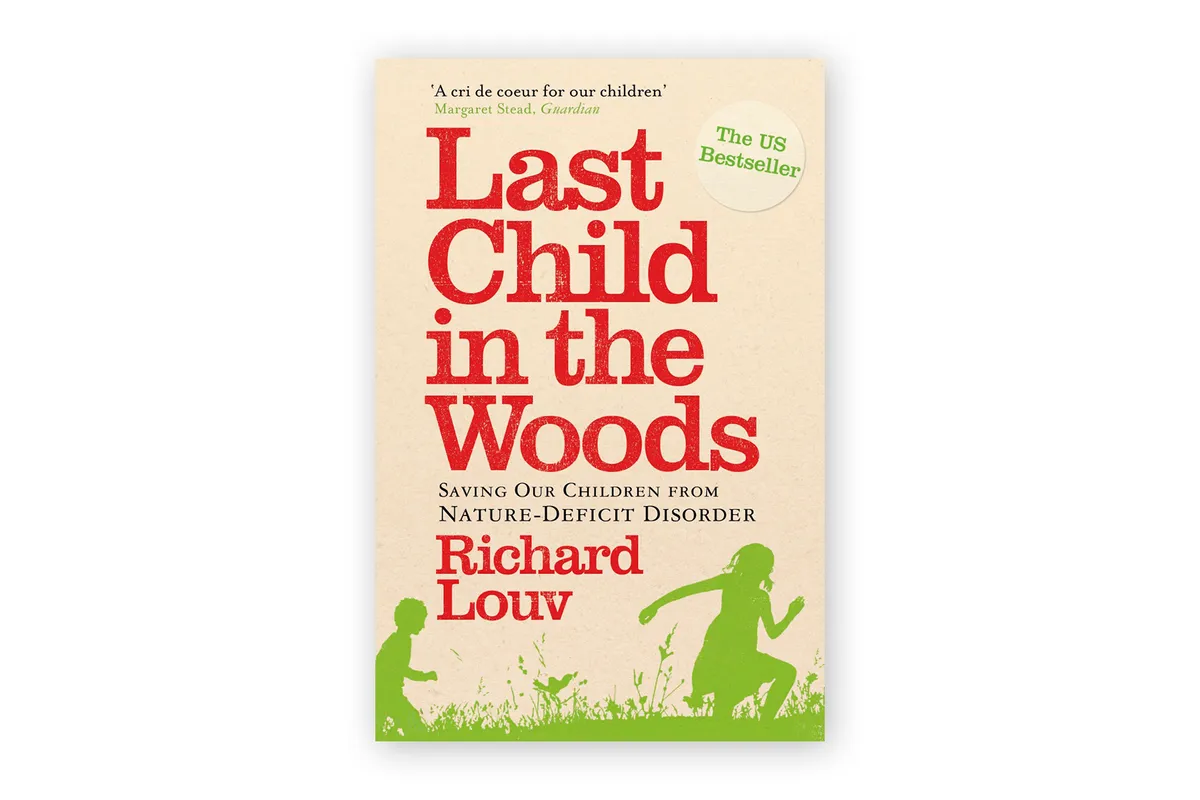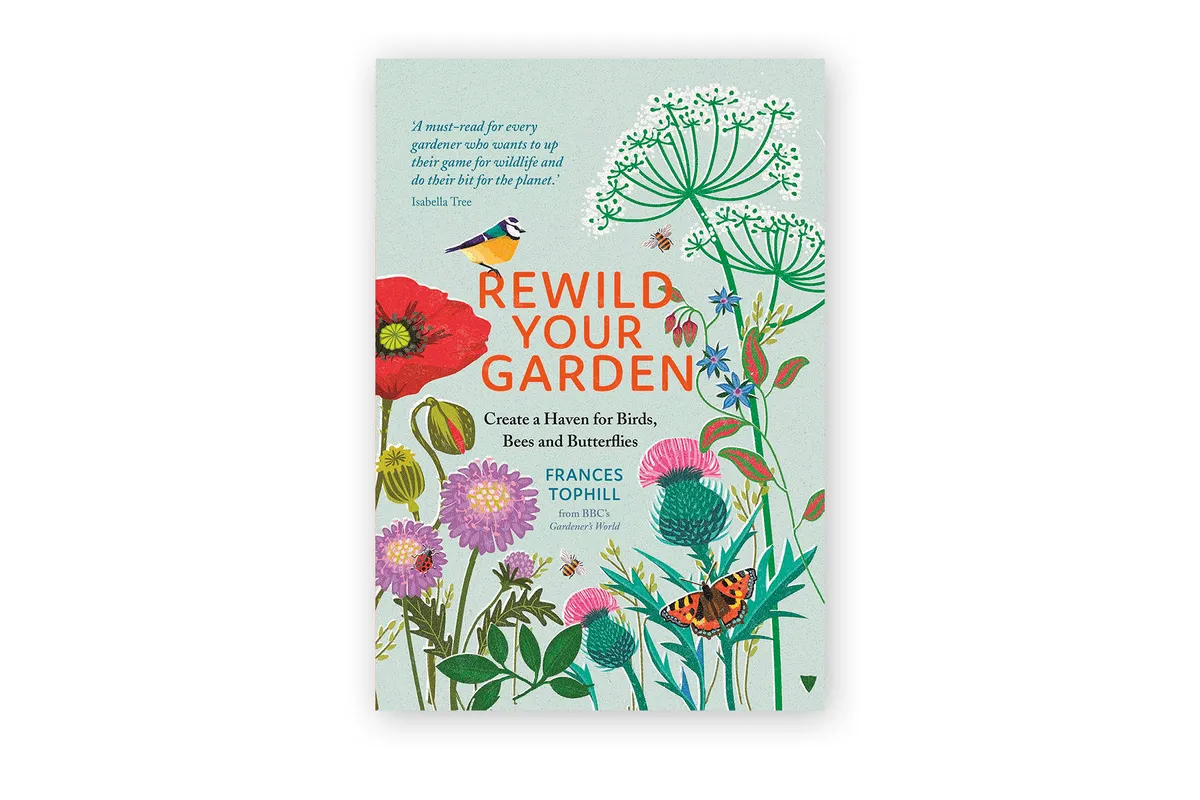In recent years, rewilding has become a hot topic among conservationists and individuals concerned about environmental declines. The term — which rolls off the tongue more easily than conservation or biodiversity — is now mainstream in the UK, but rewilding is more complicated than people realise.
Before writing Wilder (£17.99, Bloomsbury)I thought I had a firm grasp of the subject, but I quickly discovered that rewilding means different things to different people.
In the UK and Europe, rewilding typically involves the restoration of former agricultural land, sometimes via species reintroductions, sometimes not. Elsewhere, rewilding revitalises wilderness areas, many of which are protected-yet-degraded, and hinges on the reintroduction of locally extinct keystone species.
When the practice emerged (in the USA in the 1990s), it prioritised the 'Three Cs': Carnivores, Cores, and Connectivity. Rewilding’s pioneers advocated for protecting large swathes of core wilderness areas while maintaining (or creating) connections between them (primarily through wildlife corridors). The third tenet involved the reintroduction of apex predators to areas where they’d vanished. Reintroducing carnivores – like grey wolves to Yellowstone National Park in 1995 – is critical, because apex predators regulate ecosystems. Over time, the C representing carnivores changed to a K for keystone species. Rewilders also came to believe that rewilding can be applied on small, as well as large, scales.
Although the framework and history of rewilding are informative, I’m far more interested in real-life rewilding projects and the people behind them, so Wilder explores a diverse range of rewilding taking place today. Drawing from my background in 'conservation storytelling' (and my general belief that stories are the best way to communicate science), I bring 11 diverse projects to life, with each one enjoying its own book-like chapter.
- Buy Wilder by Millie Kerrfrom Amazon (£15.83)
The Missing Lynx: The Past And Future Of Britain’s Lost Mammals

Ross Barnett
Before we can understand the need for rewilding, we have to confront the planet’s dewilding. From my vantage point, dewilding includes dramatic extinction events – (including the one dubbed the Sixth Great Extinction, unfolding today) as well as subtle losses – like the growing disconnect between children and nature.
There are many books that cover global extinction, but Ross Barnett’s The Missing Lynx is unique in its focus on Great Britain. He begins by reminding us of the many fascinating species our planet lost during the last few million years, writing, “The world of today seems terribly meagre in comparison. So much is gone.” A self-professed “advocate for the extinct Pleistocene megafauna,” the palaeontologist walks readers through the possibilities of resurrecting long-extinct species via “Pleistocene rewilding.”
Although many rewilders consider it weird science, the stuff of Jurassic Park, I find it compelling, not least because rewilding often begins with a baseline. Who’s to say what that baseline should be?
- Buy now from Amazon (£10.99)
Last Child In The Woods: Saving Our Children From Nature-Deficit Disorder

Richard Louv
While authors like Ross Barnett and Elizabeth Kolbert (The Sixth Extinction) teach us about large-scale extinction events, Louv examines a different kind of loss. He details recent changes in the relationship children have with nature, with his focus on the US. Some of his points seem obvious – on average, today’s children spend less time in nature than previous generations – but the reasons behind the shift are complex.
For instance, America’s increasingly litigious culture means that playground owners and parents are resistant to kids playing outside unsupervised. When I was growing up in the 1980's, I was allowed to ride my bike all over my neighbourhood in San Antonio, Texas, without my parents knowing where I was. Nowadays, American parents risk prosecution if they allow their children to go places alone!
Louv makes a compelling scientific case for treating what he calls “nature-deficit disorder” to ensure children develop into healthy adults attuned to the natural world. His proposed cure — more time in nature — is parallel to “personal rewilding,” a form of rewilding that helps adults reconnect with the natural world.
- Buy now from Amazon (£12.99)
Rewilding Our Hearts: Building Pathways Of Compassion And Coexistence

Marc Bekoff
As the title suggests, Bekoff’s book examines how we can rewild ourselves to rewild the planet. Although it’s gaining traction, personal rewilding is ambiguous, not to mention easily dismissed as a new age fad, a hollow term. Bekoff gives it meaning: rewilding, he writes, “is a mindset. It reflects the desire to (re)connect intimately with all animals and landscapes in ways that dissolve borders.”
The University of Colorado professor emphasises that environmental conservation requires a paradigm shift in how we, nature’s guardians, think. By rewilding our hearts, we reap immediate benefits of the kind described by Louv while helping nature heal. Some of Bekoff’s personal rewilding tips are simple to follow (e.g. "become reenchanted with nature"); others are thorny, even controversial (e.g. 'overpopulation is a huge problem that must be addressed').
Despite possessing deeply held convictions on matters like animal welfare, Bekoff doesn’t preach to readers. Instead, he “suggest[s] how rewilding helps us rethink the problems and come from a more compassionate and empathetic perspective.”
- Buy now from Amazon (£13.99)
Rewild Your Garden: Create A Haven For Birds, Bees And Butterflies

Frances Tophill
Wilder primarily explores large-scale, costly rewilding projects that few of us could replicate. I intentionally wrote about places like Gorongosa National Park in Mozambique – which is in the midst of a multimillion-dollar rewilding effort designed to undo the damage caused by the country’s civil war – to inspire readers.
Hope, after all, is in short supply these days. Inspirational projects in far-flung places are undeniably exciting, but those of us who want to participate in rewilding need to know how we can responsibly join the movement. That’s where books like Tophill’s come in.
The practical (and pragmatic) guide acknowledges that rewilding one’s garden comes with potential drawbacks, namely a 'messy' appearance that could draw eye-rolls from neighbours. So, as Tophill advises readers on how to make their gardens environmentally friendly, she examines three approaches: the traditional approach; the wildlife gardening approach; and a full rewilding approach. She also draws attention to unsung heroes like wasps and kestrels while providing tips on how to attract wildlife to your garden.
- Buy now from Amazon (£16.99), Foyes for books (£15.00)
Rewilding: The Radical New Science Of Ecological Recovery

Cain Blythe and Paul Jepson
If you’re looking for a deep dive into the origins and science of rewilding, pick up Blythe and Jepson’s book on rewilding. The authors take a bird’s eye view, providing overviews of our planet’s dewilding (beginning with the extinctions detailed in The Missing Lynx), the history of rewilding, how it compares to conservation and ecological restoration, and where rewilding is likely heading in the coming years.
They touch on numerous rewilding projects – from the reintroduction of wolves to Yellowstone to the rewilding of England’s Knepp Estate – helping readers get a sense of rewilding’s many shapes and sizes.
- Buy now from Amazon (£7.36)
Wilder: How Rewilding is Transforming Conservation and Changing the World by Millie Kerr (£17.99, Bloomsbury) is out on 18August 2022
Discover more reading lists: